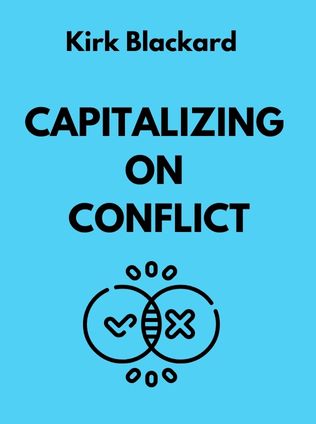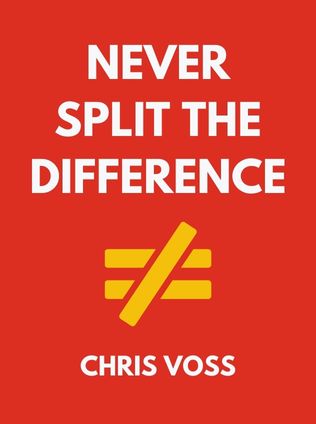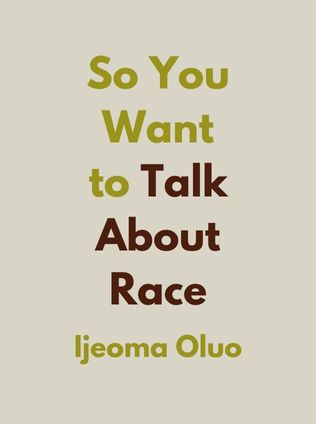
Capitalizing on Conflict
Strategies and Practices for Turning Conflict to Synergy in Organizations
By Kirk Blackard,
Published 04/2002
About the Author
Kirk Blackard and James W. Gibson bring their extensive experience in conflict resolution and management to "Capitalizing on Conflict: Strategies and Practices for Turning Conflict to Synergy in Organizations." Blackard, with a background in leading business units at Shell Oil, played a pivotal role in developing Shell's internal conflict management team. His expertise lies in practical conflict resolution strategies that enhance organizational performance. Gibson, an attorney and educator, serves as a student legal advisor and director of mediation services at Sam Houston State University. His work as a mediation consultant for corporations and municipalities highlights his deep understanding of conflict dynamics in various organizational settings.
The authors have combined their unique experiences and insights to provide a comprehensive guide for managing conflict within organizations. Their backgrounds in corporate management and legal mediation offer a balanced perspective on the importance of addressing both the strategic and human elements of conflict. Their goal is to help organizations transform conflict from a disruptive force into an opportunity for growth and improved performance.
Main Idea
"Capitalizing on Conflict" emphasizes the importance of creating an environment that minimizes workplace conflict and integrates resolution strategies into management systems. The authors argue that only by preventing or minimizing, bringing to the surface, and resolving conflict can organizations unleash their full potential. The book provides a comprehensive framework for managing conflict, offering strategies and practical tools to turn conflict into a source of synergy and improved performance.
Blackard and Gibson highlight that conflict is an inevitable part of organizational life. However, when managed effectively, conflict can lead to better decision-making, increased creativity, and stronger team dynamics. The book advocates for a proactive approach to conflict management, where leaders are equipped with the tools and knowledge to handle disputes constructively. By fostering a culture that views conflict as an opportunity rather than a threat, organizations can achieve higher levels of performance and employee satisfaction.
Table of Contents
- Introduction: The Need for Effective Conflict Management
- Understanding Conflict in the Workplace
- Strategies for Managing Conflict
- Creating a Trusting Environment
- Avoiding Policy-Driven Conflict
- Managing Change Effectively
- Hiring and Maintaining the Right Workforce
- Fostering Appropriate Supervisor Behavior
- Engaging and Resolving Conflict
- Conclusion: Sustaining a Conflict-Positive Culture
Understanding Conflict in the Workplace
Blackard and Gibson start by defining workplace conflict as a dynamic process reflecting differences or incompatibilities among parties. They categorize conflict into two types: substantive or cognitive conflict and personal or affective conflict. Substantive conflict, related to company strategy, resource allocation, and policy implementation, can be productive when managed well, leading to synergistic solutions. Personal conflict, stemming from differences in beliefs, values, and personal concerns, often arises from unresolved functional strife or inherent personality clashes.
"Workplace conflict is inevitable, but its impact can be minimized and turned into a constructive force with the right strategies." - Kirk Blackard
The authors explain that unresolved conflict, whether substantive or personal, can escalate and lead to organizational paralysis or warfare among factions. They highlight the importance of examining the entire system to identify and address the root causes of conflict, rather than just treating the symptoms.
Types of Conflict
Substantive conflicts involve disagreements over strategic issues and resource allocation. These conflicts can lead to productive outcomes if managed well. Personal conflicts, often more challenging, revolve around interpersonal relationships and differences in values or beliefs. These conflicts can have deeper emotional roots and require careful handling to avoid escalation.
Sign up for FREE and get access to 1,400+ books summaries.
You May Also Like
How To Win Friends and Influence People
The All-Time Classic Manual Of People Skills
By Dale CarnegieQuiet: The Power of Introverts
The Power of Introverts in a World That Can't Stop Talking
By Susan CainThe Lean Startup
How Today's Entrepreneurs Use Continuous Innovation to Create Radically Successful Businesses
By Eric RiesWho Moved My Cheese?
An Amazing Way to Deal with Change in Your Work and in Your Life
By Spencer Johnson, M.D.Make Your Bed
Little Things That Can Change Your Life...And Maybe the World
By William H. McRaven



















